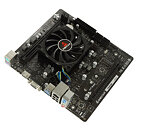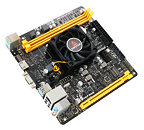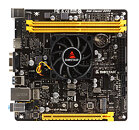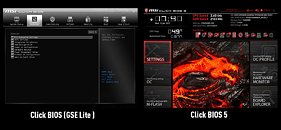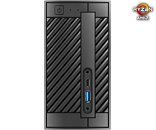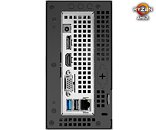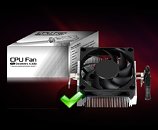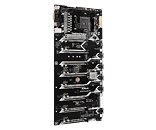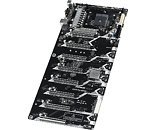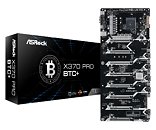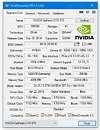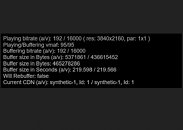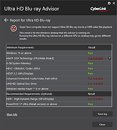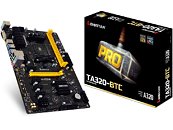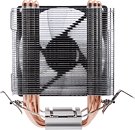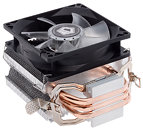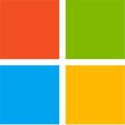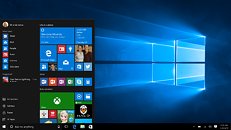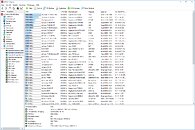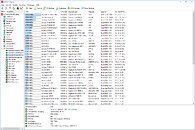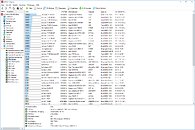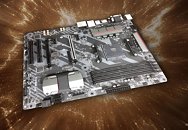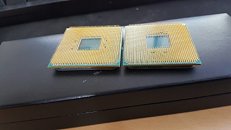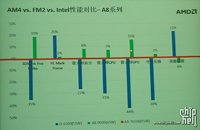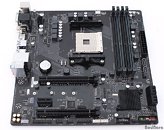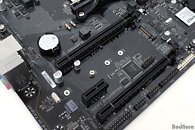
BIOSTAR Launches the FX9830M SoC Motherboard
BIOSTAR, a leading brand of motherboards, graphics cards, and storage devices, today introduces the FX9830M SoC motherboard with a built-in AMD Bristol Ridge, 7th generation Quad Core processor. Highly Popular for their SoC motherboard range, BIOSTAR has yet again delivered a highly versatile motherboard catering to a variety of user requirements such as small business owners who are looking for a reliable and affordable solution that has the capability of running daily business operations with ease.
The BIOSTAR FX9830M SoC motherboard is arguably one of the best choices amongst its rivals, designed with a built-in Quad Core AMD FX-9830P processor and support for AMD Radeon R7 Graphics. It is undoubtedly a great investment to make when considering your next business workstation that can take advantage of the powerful multi-core platform and all its additional features.
The BIOSTAR FX9830M SoC motherboard is arguably one of the best choices amongst its rivals, designed with a built-in Quad Core AMD FX-9830P processor and support for AMD Radeon R7 Graphics. It is undoubtedly a great investment to make when considering your next business workstation that can take advantage of the powerful multi-core platform and all its additional features.



